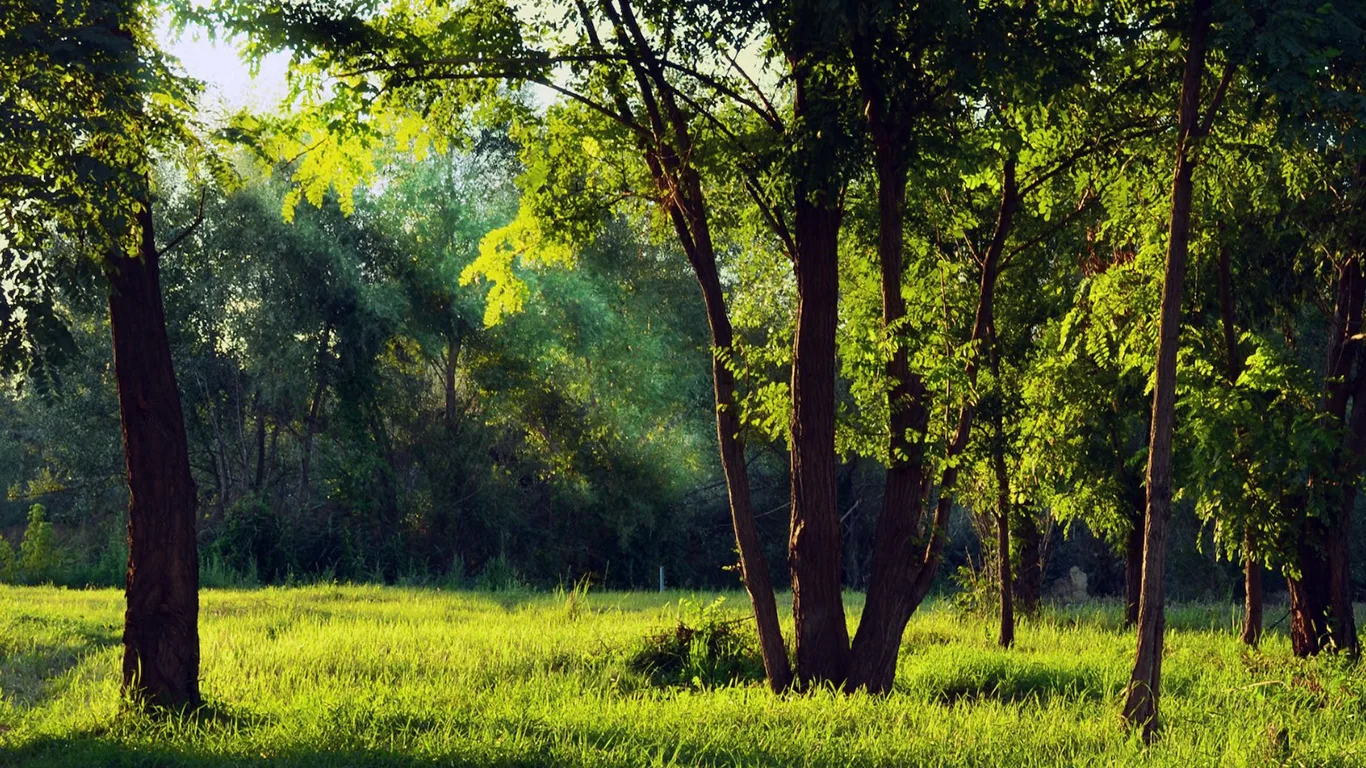By Anna Lexxy Mbucho
Re-afforestation, often celebrated for its role in carbon sequestration, is a powerful force for ecological rejuvenation that extends far beyond the absorption of carbon dioxide. In this blog post, we will delve into the manifold ecological benefits of re-afforestation, such as supporting wildlife habitats, increasing plant and animal diversity, and contributing to overall ecosystem resilience. Sustainability Pathways’ re-afforestation projects stand as living proof of these positive impacts. Re-afforestation is akin to nature’s symphony, with each tree playing a unique note in the grand composition of biodiversity.
Beyond the vital task of absorbing carbon dioxide, trees serve as sanctuaries for countless species of plants, animals, and microorganisms. These green giants create habitats, shelter, and sustenance for life forms that rely on the presence of diverse plant life.
Sustainability Pathways understands the profound significance of re-afforestation for biodiversity conservation. Our projects prioritize the selection of native tree species that are well-suited to local ecosystems. This careful selection ensures not only optimal carbon sequestration but also the revival of native flora and fauna. As trees flourish, so do the ecosystems they support, contributing to the preservation of biodiversity. The impact of re-afforestation on wildlife habitats is remarkable. The return of native plant species attracts pollinators, fostering the growth of plant communities.
This, in turn, sustains herbivores and, subsequently, predators. The resurgence of natural cycles, disrupted by deforestation, creates a harmonious environment where species can thrive in their respective roles. Moreover, re-afforestation projects initiate a cascade of ecological benefits. As forests regenerate, soil quality improves, contributing to enhanced water retention and purification.
This, in turn, benefits aquatic ecosystems, fostering the health of rivers and streams. The rejuvenation of ecosystems through re-afforestation also bolsters their resilience in the face of environmental challenges. Thriving forests play a pivotal role in preventing soil erosion, which can lead to landslides and flooding during heavy rains. By stabilizing soil, trees become natural safeguards against these calamities, protecting communities and their livelihoods.
But it doesn’t stop there. Trees act as natural air conditioners, providing shade and reducing the urban heat island effect in urban areas. This cooling effect contributes to the well-being of urban populations and makes cities more livable. In summary, re-afforestation is not just about mitigating climate change; it’s about nurturing biodiversity, restoring habitats, and enhancing the overall health and resilience of ecosystems. Sustainability Pathways’ commitment to these ecological benefits is evident in our projects, which not only sequester carbon but also breathe new life into ecosystems, creating a harmonious symphony of nature’s diversity.

